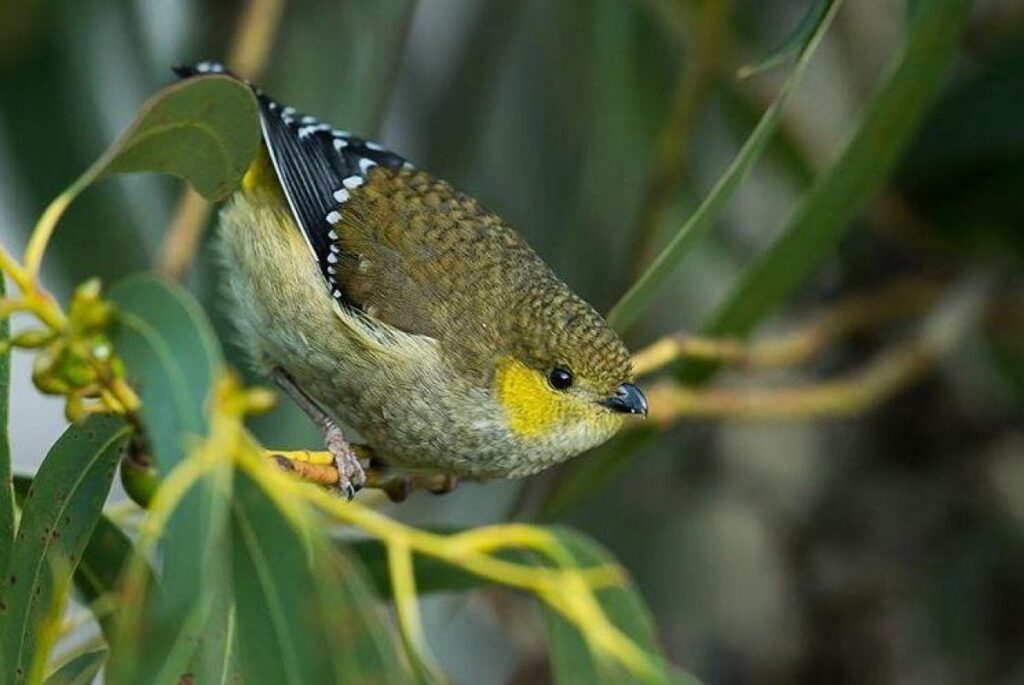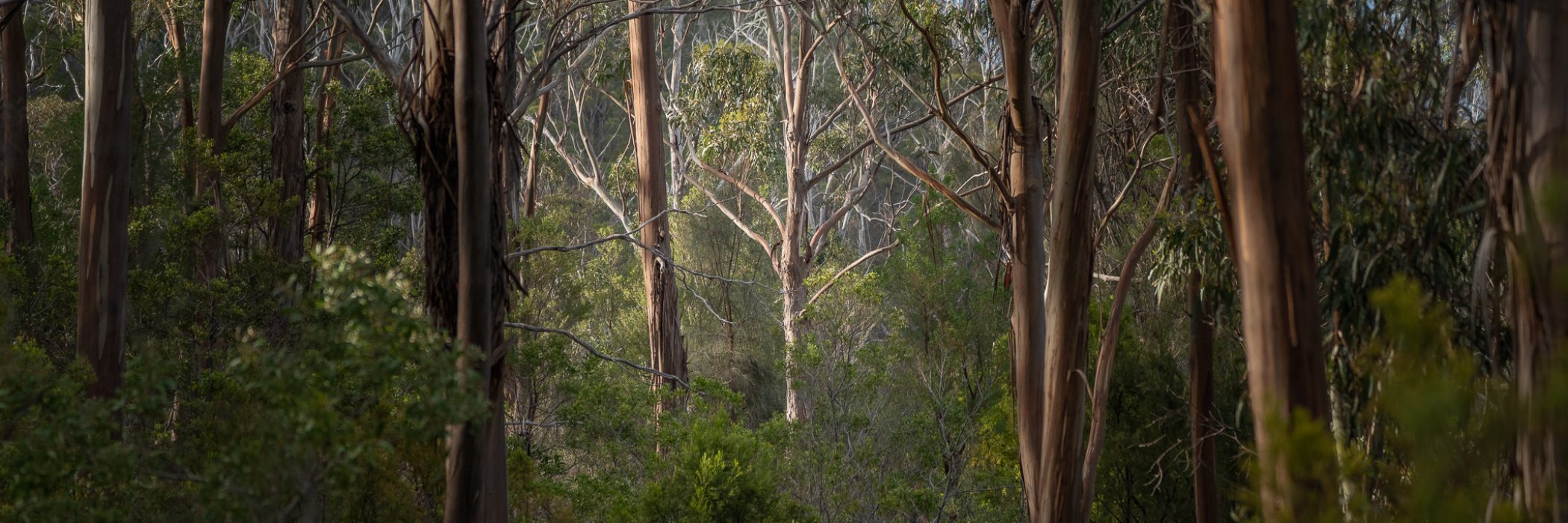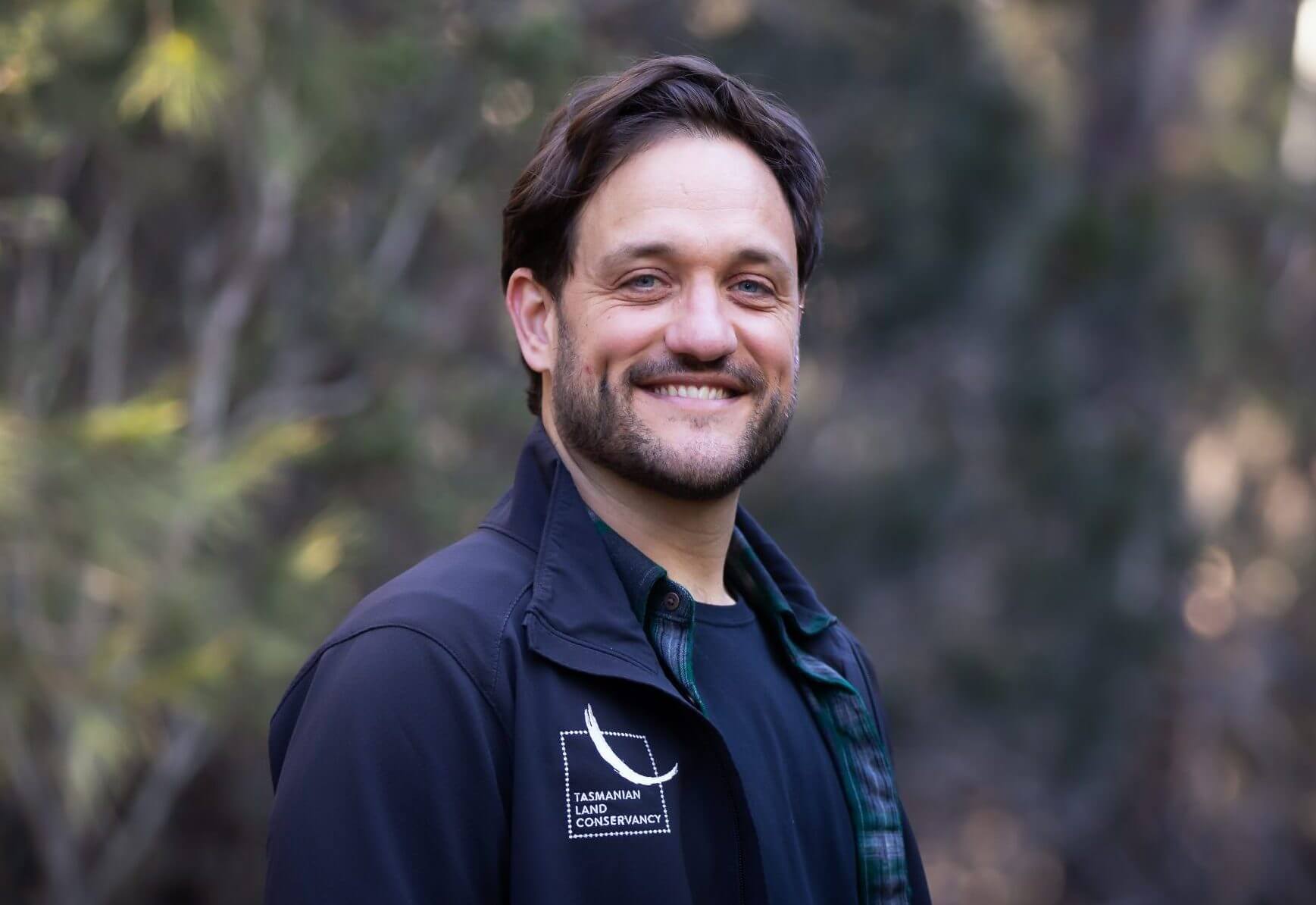Tinderbox Hills conservation update
The beginning of 2020 has been a challenge, from the devastating summer bushfires on mainland Australia to the unfolding impacts of COVID-19. These unprecedented events have impacted everyone in one way or another. We send our well wishes during these testing times, times when even the simplest and most nourishing of activities, like getting out into nature, have been out of reach.
At the Tasmanian Land Conservancy (TLC), the current isolation requirements have really brought home the importance of nature and community. Like many, we’re thinking about the future, looking hopefully towards the time when we can once more get outside and enjoy Tasmania’s wild places together.
We are determined to continue our work to protect ecologically significant places like Tinderbox Hills and conserve Tasmania’s unique plants and animals for future generations. We are buoyed during these challenging times by the support so many have already provided. It is our hope that securing the critical habitat of Tinderbox Hills with its iconic blue gum forests and woodlands – home to the nationally endangered forty-spotted pardalote, swift parrot, Tasmanian devil and eastern quoll – will be spirit-lifting for the whole community.
Our heartfelt thanks to everyone who has already contributed to the conservation of Tinderbox Hills. We have now just over $1 million left to raise to buy, protect and manage the Tinderbox Hills Reserve forever. You can help by donating today.

Tinderbox Hills, right on Hobart’s doorstep, is truly special and has been well-known to the TLC for many years. It has an incredibly rich mix of habitats brimming with wildlife, from the canopy tops to the deep gullies. The towering blue gums had a superb flowering season over the summer and the swift parrots and their young have now headed north for winter on the mainland.
Earlier this year, I walked around Tinderbox Hills with Emeritus Professor Brad Potts, a world expert on eucalypt genetics and a long-time TLC supporter. Brad’s decades of research on eucalypts have increased our understanding of these building blocks of the Australian landscape. Brad also grew up on the Tinderbox Peninsula, and the forests and woodlands in his backyard fuelled his love for the natural world, setting him on the path to scientific discovery and his life’s work. He told me:
‘In Tasmania, we a have a magnificent natural laboratory on our doorstep. There is so much we still don’t know about nature – even the species we live among. We are sitting right in the middle of the natural range of one of the world’s globally significant eucalypts – the Tasmanian blue gum – which has been my science passion. This magnificent tree is important swift parrot habitat and abounds in the Tinderbox Hills, where several of our studies have been undertaken. These hills form the backdrop to the Tinderbox Marine Reserve – overlooking Bruny Island, the mouth of the River Derwent and the northern entrance to the renowned D’Entrecasteaux Channel. With increasing pressure from development, the TLC property represents a significant southern extension of the conservation areas in these hills, protecting the old-growth eucalypt forests and their dependent species. However, places like Tinderbox Hills aren’t just important for the species that live there – they connect people to nature, they inspire people of all generations. Protecting such places is of the utmost importance for so many reasons.’
We are inspired by people’s deep connection to the places we strive to protect. Thanks to your loyalty and support, the TLC has protected over 65,000 hectares across its reserves and by working with other private landholders.
In these difficult times, being part of such a committed community and being able to continue the important work we love, together, is something I am deeply grateful for. All of us at the TLC are heartened by your dedication to conserving significant places like Tinderbox Hills.
Nature needs our help now more than ever, and in 2020 we are determined to continue our work to conserve it. We want to come out of isolation to a Tasmania where nature is even better protected than it was before we went in. Help create that future with a donation to make Tinderbox Hills our next reserve.
Thank you for being with us, through the hard times on this important conservation journey.
Banner photo: Matthew Palmer





